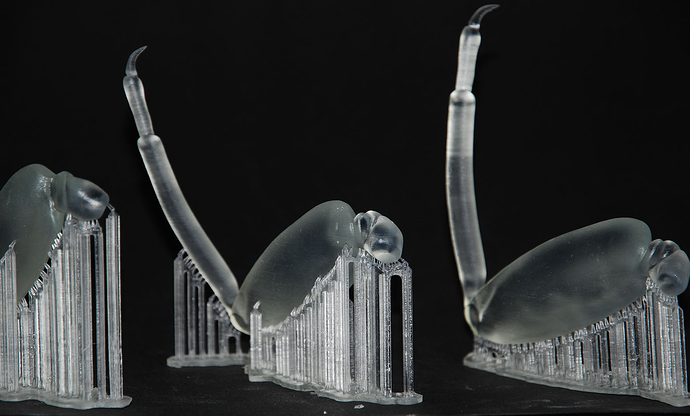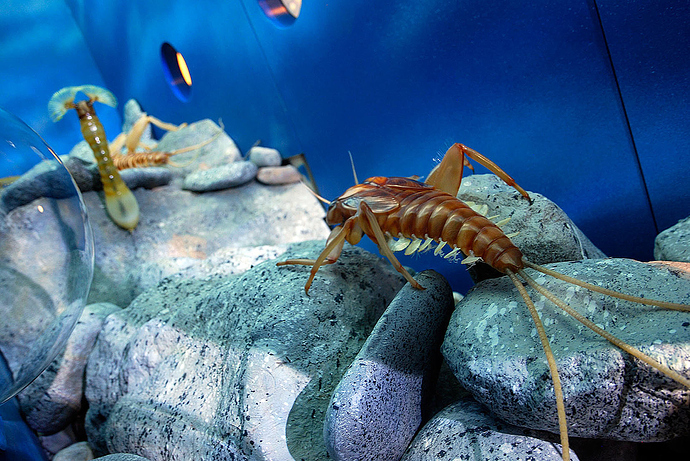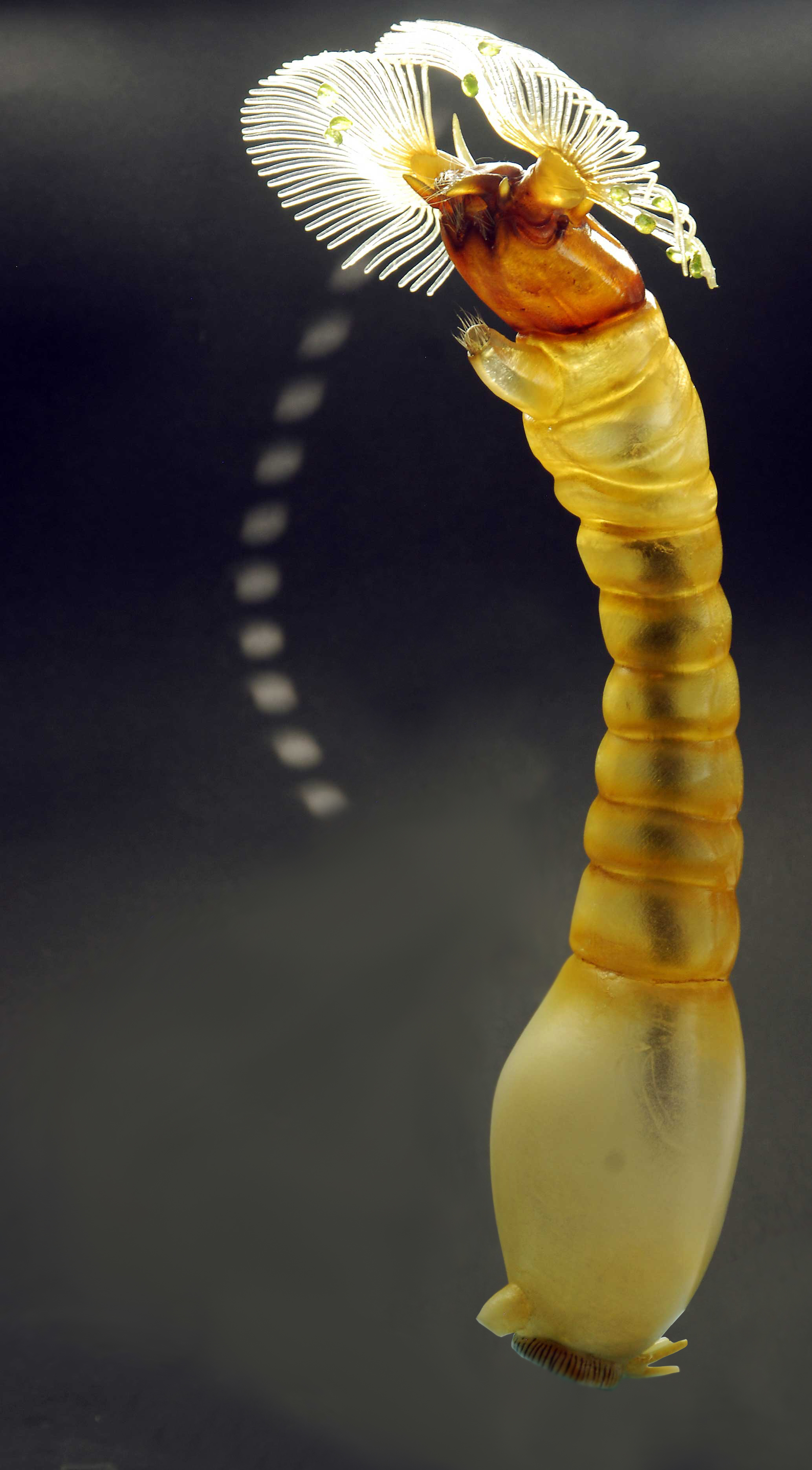Formlabs is, by now, a name that many, or most, fans of 3D printing are aware of. When the team at Formlabs themselves are breathless from the example of a customer’s 3D printing output on their forums, we know that it is something special. And the Formlabs Blog examples just that this week, with the awesome work created by model-maker Klaus Leitl. Using a Formlabs Form1+ stereolithography printer the Austrian artist has produced sublime life-like insects for the the ‘Life Under Water’ exhibition in Salzburg, Austria. Get ready for some brilliant images…
Mr. Leitl conducted an interview with the impressed Formlabs team, during which he shared some insights into how he accomplished these truly fascinating and fantastic models. One of the most amazing facts is that the models are thirty times the size of the real-life insects: some of these fascimilies are up to 1350 mm (53.15 inches) in length. This was realised by 3D printing a number of finely honed pieces – up to twenty-two – that, when pieced together, create a larger-than-life whole.
Leitl says he finds that collecting as many source representations as possible of the subject is a strong starting point. This includes hand drawn sketches as well as photographs. Indeed, the artist draws the subject matter by hand using a binoclear microscope to gain a real feel of its form and structure. From there Leitl creates a computer based digital model using computer aided design and rendering software such as zBrush and Lightwave.
For the stereolithographic 3D printing process the model-maker suggests: “When printing, use the smallest possible wall thickness and make a hollow print, if possible. And it is very important to perform the cleaning and maintenance routines after each printing. Filter the resin and mix well, let the silicone layer breathe and check optical quality, examine mirrors for dust; after filling the resin tank, wait 30 minutes until most of the air bubbles are gone… When you use a new resin tank, run a small test print so that you can adjust the build platform precisely. It is important to check the model very carefully for any overhangs that may not have a support structure. In locations with a “suction cup effect,“ it is absolutely necessary to provide small air vents.”
Before applying the colouring and coating the creator of these astonishingly beautiful insects uses 2k epoxy glue to assemble the printed parts together. Leitl tells Formlabs that he prefers the epoxy glue to affixing using light / laser cured resins. Also as part of the post print processing he keeps sanding to a minimum. Leitl uses transparent printing materials and from there introduces colour to the model with an airbrush using Schmincke artists colours. For a finishing coat he uses matte, satin or gloss water-soluble acrylic coating.
As for his choice of utilising 3D printing the accomplished artisan states that he recommends the technology because it both speeds up the production process and allows for a faster and more explicit correction process for any of the parts that he finds require amendment. Indeed, Klaus Leitl was one of the original backers of the Form 1 printer during its intitial crowdfunding. Since then he has upgraded to the latest Form1+ machine.
As an aside: Social media metrics back up the ongoing popularity of Formlabs, with Facebook 6625 Likes and over 5000 Twitter followers. Compare this to other successful SLA And DLP 3D printers such as the popular B9Creator with 2250 Likes, and headline-grabbing $99 cheerful cheapness of the Peachy Printer with some 3180 Likes. Though, to balance this, Formlabs was the first to bring a prosumer printer with stereolithography technology to the market and most light-based 3D printers seem to do well on Facebook: relative newcomers Solidator, LumiFold and Stalactite each already having breached the 500 Likes mark already. With strong examples of capacity of quality of output such as these delightful 3D printed insects, Formlabs look set to continue to gain attention for the virtues of their product.








